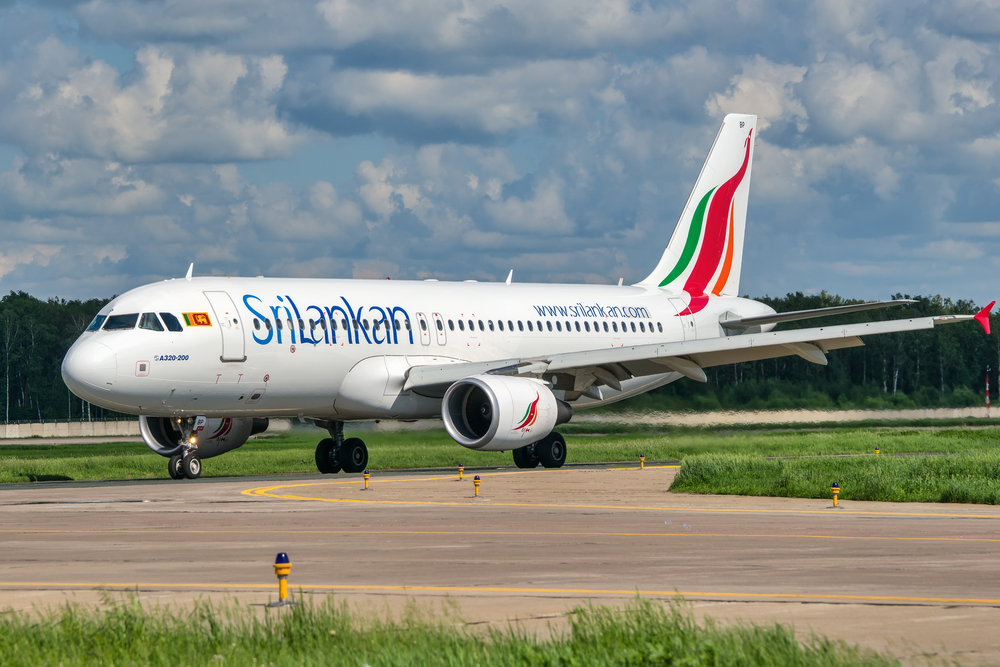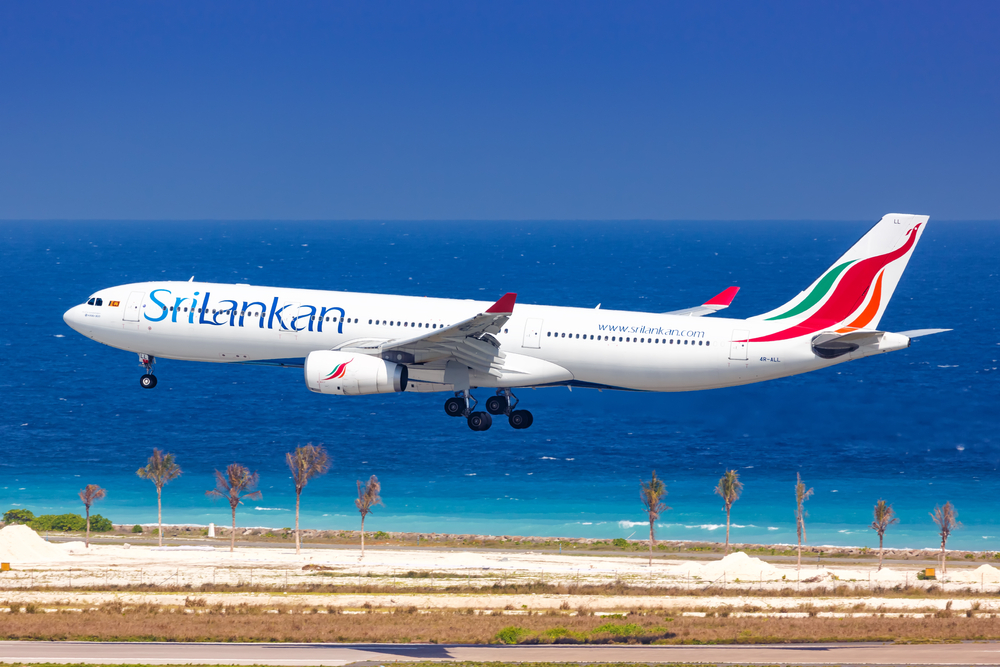SriLankan Airlines, the national airline of Sri Lanka, has reportedly defaulted on a third consecutive payment on its international sovereign bond loan facility.
The repeated failure to make repayments of outstanding debt as they fall due places additional pressure on the carrier, as the Sri Lankan government struggles to drum up interest in the marketplace for external investors to inject vitally needed capital into the airline.
The latest missed payment is seen by analysts to indicate deeper financial turbulence within SriLankan Airlines. Like so many other national carriers in similar developing nations, SriLankan relies heavily on both inbound tourism and overseas travel as critical revenue sources.
However, amid a broader economic crisis engulfing Sri Lanka as a nation, such revenue streams have been severely impacted. The result is that the airline has been struggling for many years, and the financial situation surrounding the carrier is now described as dire by many analysts.
The airline’s failure to honor its outstanding debt obligations not only makes the carrier less attractive to investors but also calls into question the company’s creditworthiness, making it harder for the carrier to extend existing loans or find alternative sources of finance.

In August 2022, the Sri Lankan government announced plans to privatize part of the national carrier. The plan to restructure the debt-ridden airline comes as the government decided that it could no longer afford to bankroll its national carrier. The decision was not unexpected, as the country has been facing unprecedented economic turmoil on a national scale for many years.
According to the country’s aviation minister at the time, the government was also looking to sell a 49% stake in the airline’s catering and ground handling operations, with 51% of each remaining under state control. The decision was seen as something of a fire sale, aiming to raise vital cash to keep the parent company afloat for longer.
Sri Lanka’s ongoing national economic crisis has left millions struggling to buy food, medication, and other essential daily living items. In 2022, a shortage of aviation fuel severely impacted Sri Lanka’s aviation industry, with several of SriLankan’s long-haul flights having to make refueling stops in the Southern Indian cities of Trivandrum, Kochi, or Chennai en route.
According to ch-aviation, the carrier currently operates a fleet of 25 aircraft. The short-haul fleet is made up of seven A320-200s, two A320neos, a single A321-200, and four A321neos. For long-haul flights, the airline uses four A330-200s and seven A330-300s.
With mounting losses (believed to be in the region of at least $1.2 billion), repeated defaults on loan repayments, collapsing creditworthiness, and crippling debts, the future looks uncertain for the carrier. Only time will tell whether it receives the investment it vitally needs to keep it in the air.

